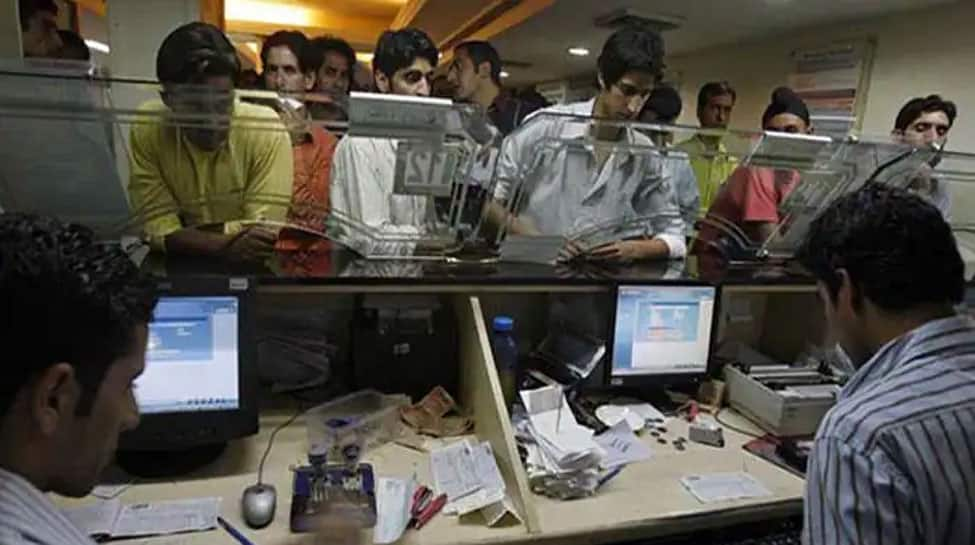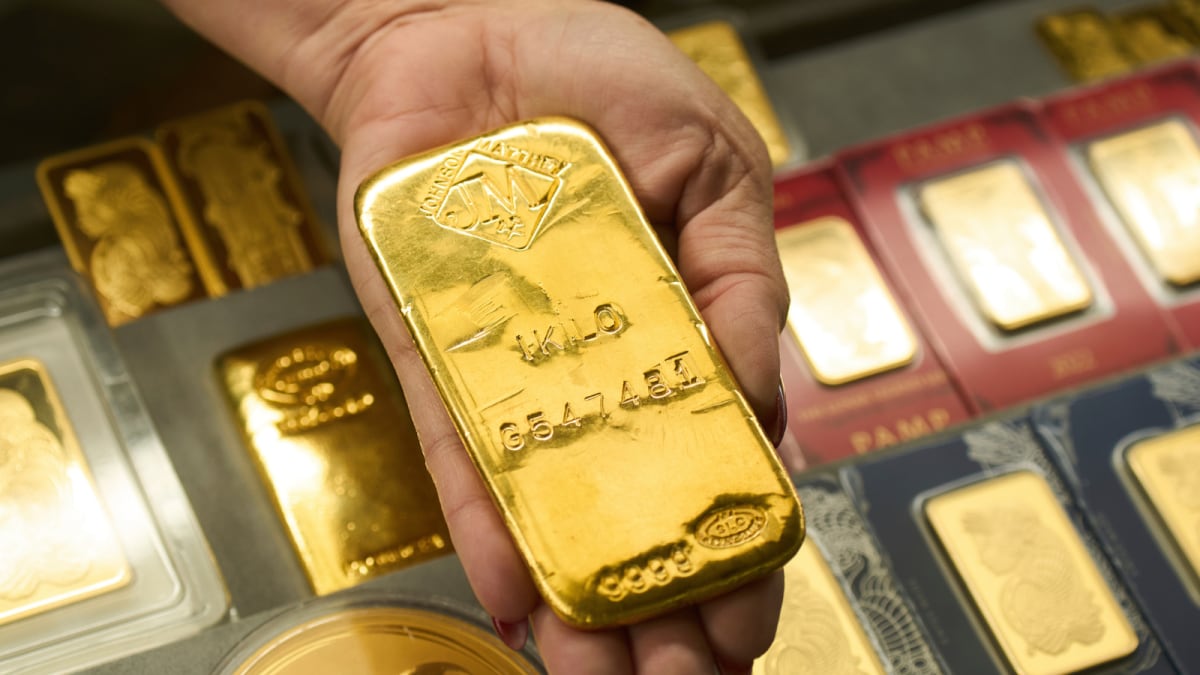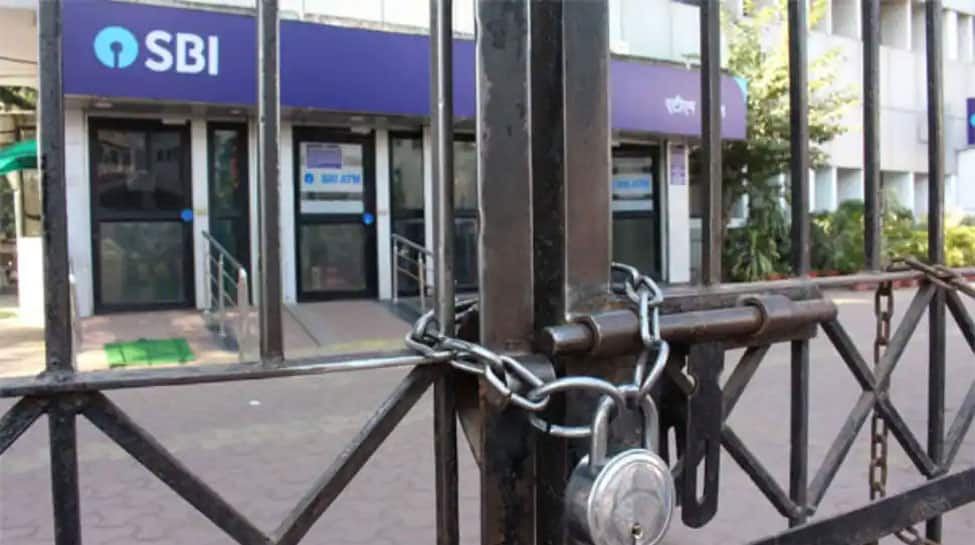Business
Digital gold vs jewellery: Experts weigh in on costs, safety & returns; what you need to know – The Times of India

As Diwali and Dhanteras approach, gold continues to remain a preferred investment and a symbol of tradition in India. While most consumers buy gold in the form of jewellery, coins, and bars during the festive season, digital gold has been attracting attention from investors seeking convenience and systematic wealth accumulation.Digital gold allows investors to benefit from rising gold prices without holding the metal physically. Unlike jewellery, it does not carry making charges and can be purchased online with investments starting as low as Rs 10. The metal is stored in secured vaults, protecting buyers from theft, damage, or the hassles of safe storage, according to an ET report.“Digital gold feels cheaper because you can start small, even with Rs 10. But add platform spreads and GST, and the total cost often comes close to buying physical coins. The real value is convenience. For serious investors, however, Gold ETFs are a smarter alternative as they are regulated by SEBI,” said Trivesh D, COO, Tradejini.Physical gold, on the other hand, retains its charm with lustre and wearability, and its price appreciates over time. Experts, however, point out that it quietly eats into returns due to GST, making charges, and annual locker fees. “Digital gold also has costs: 3% GST and usually a fee as small as 0.3–0.4% annual fee after five years, which varies, but it is transparent and predictable. Over time, digital gold and gold ETFs often cost less unless you are buying large, high-purity coins or bars directly from trusted mints,” Trivesh added, ET quoted.When physical gold makes senseFor large investments exceeding Rs 2–3 lakh, physical gold, especially coins or bars, may be more cost-effective, factoring in per-gram platform costs of digital gold over time, said Prithviraj Kothari, Managing Director at RiddiSiddhi Bullions Ltd. and President of India Bullion and Jewellers Association Ltd. “Investors get to have the physical gold while avoiding prolonged storage fees imposed by digital options after five years. For smaller ticket sizes or systematic accumulation (Rs 100–Rs 10,000), digital gold is a great option because of fractional buying and instant liquidity,” he added.Digital gold also offers unmatched liquidity, allowing investors to buy or sell 24×7 at market-linked rates via trusted apps. “Physical gold, though tangible, involves valuation deductions, purity checks, and buyback delays. The ability to instantly redeem digital gold into cash or physical coins, often linked via UPI, has made it a preferred choice among younger and tech-savvy investors seeking flexibility,” said Aksha Kamboj, Vice President, India Bullion & Jewellers Association (IBJA) and Executive Chairperson, Aspect Global Ventures.Security is another advantage. Digital gold is stored in insured, bank-grade vaults audited by independent trustees. “You do not have to worry about theft, damage, or locker keys. Physical gold, even in a locker, carries some risk and an annual rent without full-value insurance. However, platform credibility is crucial,” said Trivesh. Reputable platforms use a custodian model to safeguard ownership even if the provider goes out of business, noted Vijay Kuppa, CEO, InCred Money.Investors can also gradually accumulate wealth through digital gold SIPs. “With the option to start from as little as Rs 10, investors can accumulate gold consistently through automated purchase plans offered by fintech platforms. Given gold’s steady appreciation in 2025, digital gold SIPs are emerging as a convenient and smart long-term savings tool,” said Aksha. Vijay added, “Digital gold perfectly supports the Systematic Investment Plan (SIP) model. Investors can set up recurring, small purchases at daily or monthly intervals. Even such a small SIP can eventually lead to an important step in generating wealth.”Over a five- to ten-year horizon, both physical and digital gold track similar price trajectories, but digital gold may deliver slightly better post-tax returns due to negligible storage costs, absence of making charges, and ease of portfolio rebalancing. “With gold prices rising rapidly in 2025 amid global uncertainty, systematic accumulation through digital platforms ensures efficiency and tax parity while avoiding the expenses associated with holding physical gold,” Aksha said.
(Disclaimer: Recommendations and views on the stock market and other asset classes given by experts are their own. These opinions do not represent the views of The Times of India)
Business
Private sector data: Over 2 lakh private companies closed in 5 years; govt flags monitoring for suspicious cases – The Times of India

NEW DELHI: The government on Monday said that over the past five years, more than two lakh private companies have been closed in India.According to data provided by Minister of State for Corporate Affairs Harsh Malhotra in a written reply to the Lok Sabha, a total of 2,04,268 private companies were shut down between 2020-21 and 2024-25 due to amalgamation, conversion, dissolution or being struck off from official records under the Companies Act, 2013.Regarding the rehabilitation of employees from these closed companies, the minister said there is currently no proposal before the government, as reported by PTI. In the same period, 1,85,350 companies were officially removed from government records, including 8,648 entities struck off till July 16 this fiscal year. Companies can be removed from records if they are inactive for long periods or voluntarily after fulfilling regulatory requirements.On queries about shell companies and their potential use in money laundering, Malhotra highlighted that the term “shell company” is not defined under the Companies Act, 2013. However, he added that whenever suspicious instances are reported, they are shared with other government agencies such as the Enforcement Directorate and the Income Tax Department for monitoring.A major push to remove inactive companies took place in 2022-23, when 82,125 companies were struck off during a strike-off drive by the corporate affairs ministry.The minister also highlighted the government’s broader policy to simplify and rationalize the tax system. “It is the stated policy of the government to gradually phase out exemptions and deductions while rationalising tax rates to create a simple, transparent, and equitable tax regime,” he said. He added that several reforms have been undertaken to promote investment and ease of doing business, including substantial reductions in corporate tax rates for existing and new domestic companies.
Business
Pakistan’s Textile Exports Reach Historic High in FY2025-26 – SUCH TV

Pakistan’s textile exports surged to $6.4 billion during the first four months of the 2025-26 fiscal year, marking the highest trade volume for the sector in this period.
According to the Pakistan Bureau of Statistics (PBS), value-added textile sectors were key contributors to the growth.
Knitwear exports reached $1.9 billion, while ready-made garments contributed $1.4 billion.
Significant increases were observed across several commodities: cotton yarn exports rose 7.74% to $238.9 million, and raw cotton exports jumped 100%, reaching $2.6 million from zero exports the previous year.
Other notable gains included tents, canvas, and tarpaulins, up 32.34% to $53.48 million, while ready-made garments increased 5.11% to $1.43 billion.
Exports of made-up textile articles, excluding towels and bedwear, rose 4.17%, totaling $274.75 million.
The report also mentioned that the growth in textile exports is a result of improved global demand and stability in the value of the Pakistani rupee.
Business
Peel Hunt cheers ‘positive steps’ in Budget to boost London market and investing

UK investment bank Peel Hunt has given some support to under-pressure Chancellor Rachel Reeves over last week’s Budget as it said efforts to boost the London market and invest in UK companies were “positive steps”.
Peel Hunt welcomed moves announced in the Budget, such as the stamp duty exemption for shares bought in newly listed firms on the London market and changes to Isa investing.
It comes as Ms Reeves has been forced to defend herself against claims she misled voters by talking up the scale of the fiscal challenge in the run-up to last week’s Budget, in which she announced £26 billion worth of tax rises.
Peel Hunt said: “Following a prolonged period of pre-Budget speculation, businesses and investors now have greater clarity from which they can start to plan.
“The key measures were generally well received by markets, particularly the creation of additional headroom against the Chancellor’s fiscal rules.
“Initiatives such as a stamp duty holiday on initial public offerings (IPOs) and adjustments to the Isa framework are intended to support UK capital markets and encourage investment in British companies.
“These developments, alongside the Entrepreneurship in the UK paper published simultaneously, represent positive steps toward enhancing the UK’s attractiveness for growth businesses and long-term investors.”
Ms Reeves last week announced a three-year stamp duty holiday on shares bought in new UK flotations as part of a raft of measures to boost investment in UK shares.
She also unveiled a change to the individual savings account (Isa) limit that lowers the cash element to £12,000 with the remaining £8,000 now redirected into stocks and shares.
But the Chancellor also revealed an unexpected increase in dividend tax, rising by 2% for basic and higher rate taxpayers next year, which experts have warned “undermines the drive to increase investing in Britain”.
Peel Hunt said the London IPO market had begun to revive in the autumn, although listings activity remained low during its first half to the end of September.
Firms that have listed in London over recent months include The Beauty Tech Group, small business lender Shawbrook and tinned tuna firm Princes.
Peel Hunt added that deal activity had “continued at pace” throughout its first half, with 60 transactions announced across the market during that time and 10 active bids for FTSE 350 companies, as at the end of September.
Half-year results for Peel Hunt showed pre-tax profits jumped to £11.5 million in the six months to September 30, up from £1.2 million a year earlier, as revenues lifted 38.3%.
Peel Hunt said its workforce has been cut by nearly 10% since the end of March under an ongoing savings drive, with full-year underlying fixed costs down by around £5 million.
Steven Fine, chief executive of Peel Hunt, said: “The second half has started strongly, with the group continuing to play leading roles across both mergers and acquisitions and equity capital markets mandates.”
-

 Sports1 week ago
Sports1 week agoWATCH: Ronaldo scores spectacular bicycle kick
-

 Entertainment1 week ago
Entertainment1 week agoWelcome to Derry’ episode 5 delivers shocking twist
-

 Politics1 week ago
Politics1 week agoWashington and Kyiv Stress Any Peace Deal Must Fully Respect Ukraine’s Sovereignty
-

 Business1 week ago
Business1 week agoKey economic data and trends that will shape Rachel Reeves’ Budget
-

 Politics1 week ago
Politics1 week ago53,000 Sikhs vote in Ottawa Khalistan Referendum amid Carney-Modi trade talks scrutiny
-

 Tech6 days ago
Tech6 days agoWake Up—the Best Black Friday Mattress Sales Are Here
-

 Fashion1 week ago
Fashion1 week agoCanada’s Lululemon unveils team Canada kit for Milano Cortina 2026
-

 Tech1 day ago
Tech1 day agoGet Your Steps In From Your Home Office With This Walking Pad—On Sale This Week












